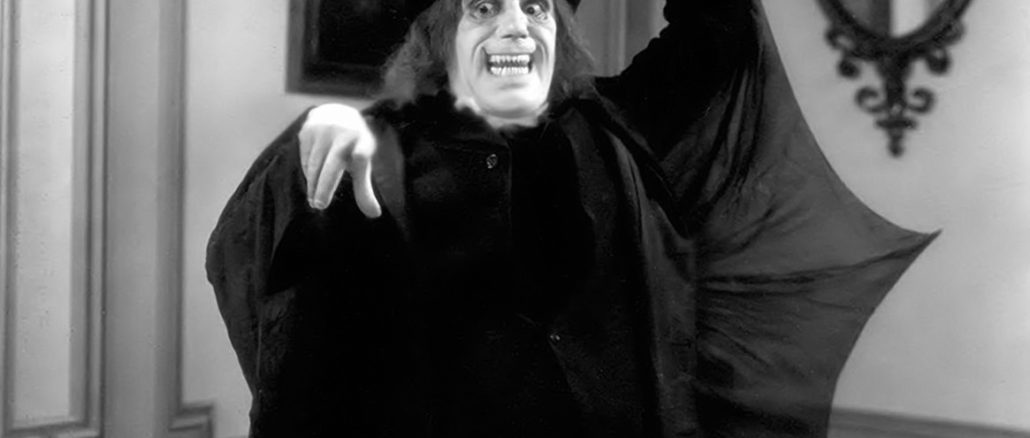As the more hardcore fans of the original Universal monster movies know, Bela Lugosi wasn’t the studio’s first choice to play the title role in 1931’s Dracula, despite starring in the stage play version of the Bram Stoker novel that the film was based upon. Studio head Carl Laemmle reluctantly gave his son, Carl Laemmle Jr., permission to make Dracula only if he could secure Lon Chaney for a dual role as Dracula and the creature’s nemesis, Professor Van Helsing. Chaney was big star at the time, having starred in Universal’s The Phantom of the Opera in 1925, but was under contract to rival studio MGM, where he had starred as a pointy-toothed ghoul in the Dracula-like London After Midnight in 1927 — now the most famous of all lost horror films. Chaney and director Tod Browning (Freaks, and then of course Dracula) had apparently discussed making a version of the film as early as 1922, and Laemmle Jr. was eager to get him. There was a script written by Pulitzer-prize-winning author Louis Bromfield that followed Stoker’s books more closely. Since it was’t based on a stage play, it’s more dynamic, with more locations, but also more sensual and violent. Alas, Chaney died of throat cancer on August 26, 1930, and the film was re-tooled for a new star. The earlier version of the script, along with the story behind it, the script for the 1922 Nosferatu, and a reprinted magazine feature in which Chaney talks about his life, was released as a book titled Lon Chaney’s Dracula. Part of series by Philip J. Riley featuring scripts of unmade genre movies, including Universal’s The Wolf Man Vs. Dracula, it was released by Bear Manor Media in 2010. It’s a fascinating read, especially because it feels tailor-made for Chaney, something that’s most evident in its description of The … Continue reading Dracula, Chaney Style
